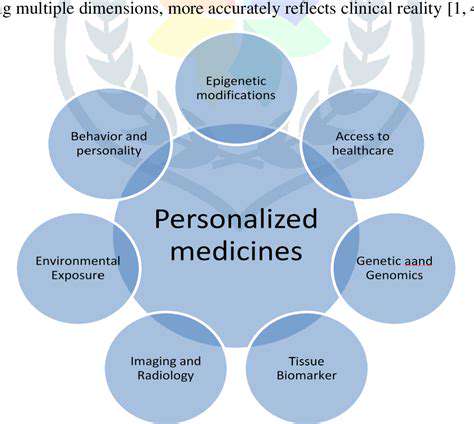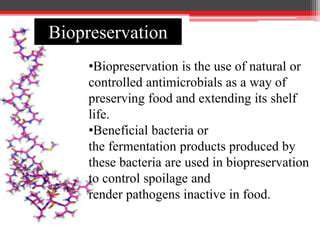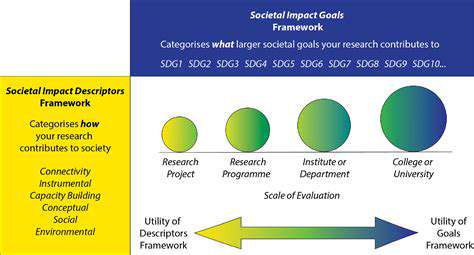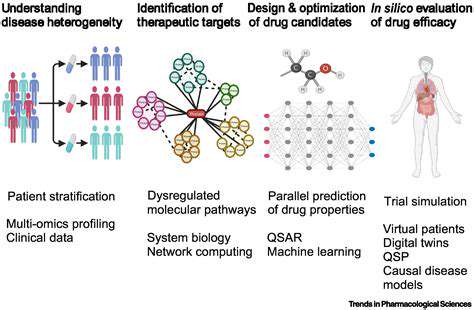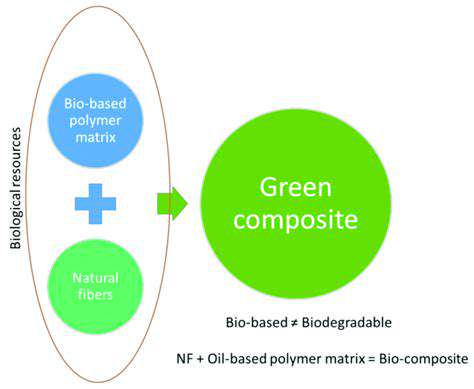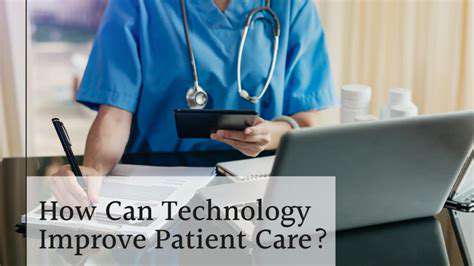Microfluidics, the science of manipulating fluids at the microscale, offers a revolutionary approach to biotechnology. By miniaturizing traditional laboratory processes, researchers can significantly reduce reagent consumption, reaction time, and overall cost. This miniaturization allows for high-throughput screening, enabling rapid analysis of numerous samples simultaneously and accelerating drug discovery and development. The precise control over fluid flow in microfluidic devices provides unparalleled opportunities for controlled chemical reactions and biological processes, ultimately leading to greater efficiency and innovation in biotechnology.
Nanomaterials: Tailored Properties for Enhanced Performance
Nanomaterials, with their unique physicochemical properties at the nanoscale, are transforming biotechnology. These materials exhibit enhanced surface area-to-volume ratios, enabling greater interaction with biological molecules. Utilizing nanomaterials like quantum dots or carbon nanotubes can improve the sensitivity and specificity of diagnostic tools. Furthermore, their tailored properties allow for targeted drug delivery, increasing efficacy and minimizing side effects. The versatility of nanomaterials makes them a crucial component in the development of advanced biotechnological applications.
Integrated Systems: Combining Micro and Nano for Synergy
Combining microfluidics and nanomaterials creates synergistic effects, leading to more sophisticated and powerful biotechnological tools. Integrating nanomaterials into microfluidic devices allows for the creation of highly sensitive sensors for detecting specific biomarkers. This integration also enables precise manipulation of biological molecules, facilitating targeted drug delivery and personalized medicine. The combination of these two technologies promises groundbreaking advancements in various biotechnological sectors, from diagnostics to therapeutics.
Applications in Diagnostics and Therapeutics
The applications of microfluidics and nanomaterials extend across a wide range of biotechnological fields. In diagnostics, these technologies enable rapid and accurate detection of diseases, such as cancer, by creating portable and affordable diagnostic tools. In therapeutics, microfluidic devices can be used for targeted drug delivery, minimizing side effects and maximizing treatment efficacy. Moreover, these technologies are revolutionizing personalized medicine by tailoring treatments to individual patient needs, leading to better health outcomes.
Future Directions and Challenges
The future of biotechnology hinges on continued advancements in microfluidics and nanomaterials. Further research is needed to address challenges like scalability, cost-effectiveness, and regulatory approval processes for these technologies. Future research should focus on developing biocompatible nanomaterials for in vivo applications and optimizing microfluidic devices for complex biological systems. As these technologies mature, we can expect even more transformative applications in various fields, from agriculture to environmental science, ultimately impacting human health and well-being.
Advanced Biosensors for Enhanced Precision

Advanced Biosensors for Enhanced Personalized Medicine
Advanced biosensors are revolutionizing the field of personalized medicine by offering unprecedented opportunities for early disease detection and tailored treatment strategies. These devices can monitor physiological parameters with remarkable precision, enabling clinicians to identify subtle changes indicative of disease progression or response to therapy. This capability allows for earlier interventions, potentially improving patient outcomes and reducing the overall burden of disease.
The development of advanced biosensors has fostered a paradigm shift in healthcare, moving away from a one-size-fits-all approach towards personalized medicine. By providing real-time insights into an individual's unique biological profile, these sensors empower physicians to make more informed decisions, ultimately leading to more effective and targeted treatments.
Technological Advancements in Biosensor Design
Significant advancements in nanotechnology, microfluidics, and materials science have spurred the development of highly sensitive and specific biosensors. These advancements are facilitating the creation of smaller, more portable devices, making them more accessible and convenient for both clinical and home-based use. This portability is crucial for continuous monitoring, allowing patients to track their health parameters in real-time.
Furthermore, the integration of sophisticated signal processing algorithms with biosensors enhances their analytical capabilities. This leads to improved accuracy and reduced variability in measurements, providing clinicians with more reliable and trustworthy data for diagnosis and treatment planning. This increased accuracy translates to better patient outcomes.
Applications in Diverse Medical Fields
Advanced biosensors find applications across a broad spectrum of medical fields, including cardiology, oncology, and diabetes management. In cardiology, these sensors can continuously monitor heart rate variability and detect subtle changes in electrical activity, aiding in the early diagnosis of cardiac conditions. In oncology, biosensors can detect tumor markers and monitor treatment response in real-time.
Furthermore, in diabetes management, these sensors can continuously monitor blood glucose levels, providing valuable insights into the patient's metabolic profile. This continuous monitoring allows for more effective management of blood sugar levels, significantly improving the quality of life for individuals with diabetes.
Challenges and Future Directions
Despite the promising advancements, challenges remain in ensuring the long-term stability, reliability, and cost-effectiveness of these biosensors. Addressing these challenges will be crucial for widespread adoption and integration into routine clinical practice. Further research is needed to improve the robustness and durability of these devices, particularly for long-term implantation or continuous monitoring.
Future research will likely focus on integrating artificial intelligence (AI) and machine learning algorithms with biosensors to enhance data analysis and interpretation. This integration could lead to more sophisticated predictive models for disease progression and personalized treatment strategies. This integration could revolutionize the way we approach healthcare.

